Nice Body, Bro! (Detail)
Jeffrey Augustine Songco2011 Communion wafers covered in glitter, plastic, metal, paper, plasterboard 48 in. x 24 in. x 3 in. Material courtesy of the artist and Steven Wolf Fine Arts, San Francisco
contributor
XJeffrey Augustine Songco

- See All Works
- follow
- visit website
- [email removed]
Jeffrey Augustine Songco is a multi-media artist. Born and raised in New Jersey, USA, to immigrant Filipino parents, his artistic identity developed at a young age with training in classical ballet, voice, and musical theater. Today, he uses these disciplines in the performing arts to produce stories as works of visual art. He holds a B.F.A. from Carnegie Mellon University and an M.F.A. from San Francisco Art Institute. He has exhibited throughout the United States, including the Asian Art Museum in San Francisco and the Urban Institute for Contemporary Arts in Grand Rapids. His writings have appeared in Art21 Blog, Bad at Sports, The Huffington Post, and Hyperallergic. He would like to be the US representative to the 2023 Venice Biennale. He currently lives and works in Grand Rapids, Michigan.
My obsessive consumption of superficial goods translates into the production of peculiar appropriation. There’s a lot of stuff out there to play with — things (as objects) and ideas (as language) are my materials. I'm interested in physical behavior, emotional narratives, and performed identities. I believe my artwork produces an infectious feeling of anxiety that can only be alleviated by a) the acceptance of the fluidity of meaning, 2) the impossibility of fully comprehending the absurd, and d) the inability to control your own laughter.
As the commissioned artist for the Center for Art and Thought’s exhibition Queer Sites and Sounds, I created a limited edition digital print titled Confessional. This work is the third iteration in a series of photographic prints depicting my “bag head character” juxtaposed with text from a grand narrative.
In 2012, I wrote my first screenplay titled The Host. The title refers to the protagonist – a white, affluent, suburban mom who is the beloved host on a popular home-shopping television network. The title also refers to the bread that is transformed into the body of Christ and eaten during Catholic mass. Throughout the film, the woman is negotiating her identity as a devout Catholic woman and as a mom to her recently outed college-aged son. In front of a million television viewers, she goes through her own transformation, performing a role that caters to a culturally conservative America, while knowing full well that her gay son is quietly shifting her away from those values. When I wrote the screenplay, I was just a writer with a dream, but I was also an artist with a camera. I created the triptych Hosanna as a way to visually manifest the text of The Host. In Hosanna, quotations from The Host flank the solitary white figure that is performing the role of the host. “Hosanna” is a biblical word that is shouted to express joy and adoration – an old-timer word for “OMG” or a phrase a woman might say when she sees sparkling jewelry.
By dressing in all white and placing a bag on my head, I enact a queer performance of the protagonist – a beautiful and empowered heterosexual white woman with personal anxiety that looms around her as she fulfills her own performance of self. This same concept can be used with the next iteration in the series, the diptych God Bless (Miss) America. I didn’t write a screenplay, but I’ve always been transfixed by pageantry – count me in as part of the demographic obsessed with TLC’s Toddlers and Tiaras who can also tell the difference between the Miss America and Miss USA pageants. The narrative of beauty pageants is so common in American popular culture that it has become a cliché, so I chose to use a clichéd question as the text within the artwork. In front of millions of television viewers, a pageant contestant must answer a seemingly bleak question with something that caters to the pageant judges and, ultimately, the identity of the nation.
I’m currently in the process of writing a screenplay titled The Cast, a dramatic film that focuses on a cast member of a reality television show about five affluent white married women living in San Francisco. Queer Sites and Sounds is the perfect site to visually translate the text of The Cast like I had done with The Host. My new artwork is titled Confessional, which refers to the idea of the Catholic Sacrament of Penance and Reconciliation. Sharing and confessing sins to a priest in a small room allows the sinner to be absolved from mortal sins and avoid Hell. Decades ago, the word “confessional” was introduced to reality television when subjects of the show were taken aside from the main activity into a small room, and asked to share and confess how they felt about the events that just occurred. Subjects broke the fourth wall and spoke directly to the camera to share all their feelings and provide a proper narrative to the plot. The confessional has aesthetically evolved into what it is today, with the confessional interview being highly stylized and elaborately produced. Bravo Television’s The Real Housewives series provides fantastic examples of stylized confessionals, with characters confessing in front of luxurious backgrounds.
I’ve always had an interest in – some would say obsession with – white people. While I shine the spotlight on an American ideal, I don’t deny the multiple references to a darker side of white America: Christian extremism, political nationalism, military torture, and white supremacy. In Confessional, I chose to display a quotation that revealed a dramatic side of the reality show – adultery. This kind of saturated American identity is the root of my bag head character, which ultimately plays the role of an anonymous white person subject to the projections of any given story.
location
X- Born: New Jersey, USA
- Based: Grand Rapids, MI
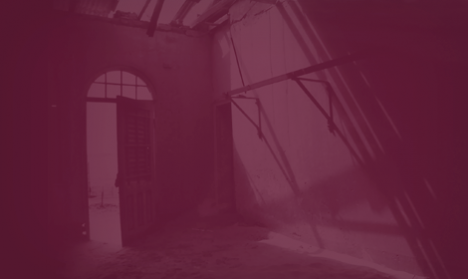

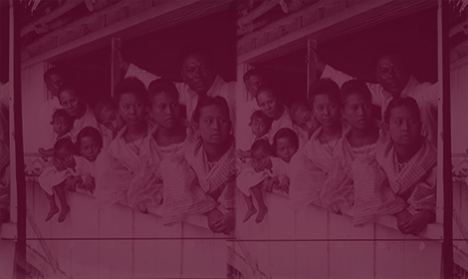



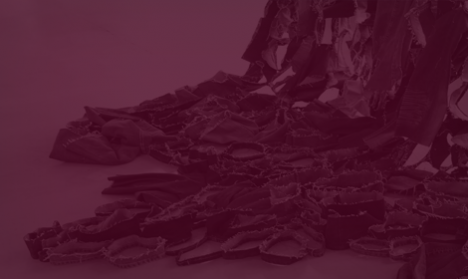
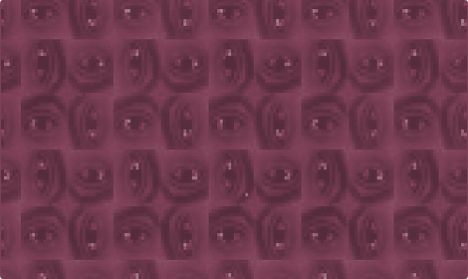

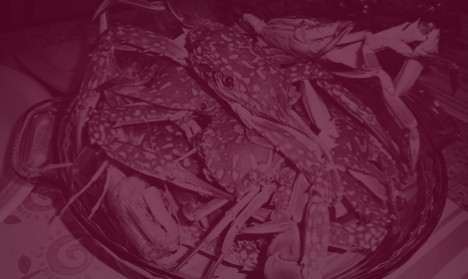











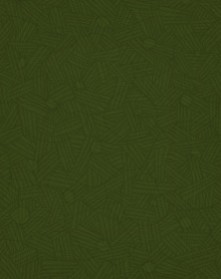











.jpg)




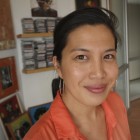



.jpg)
.jpg)
.jpg)




.jpg)



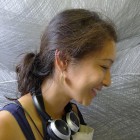

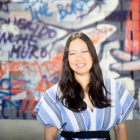

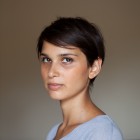
.jpg)


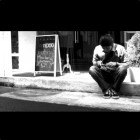

.jpg)


.jpg)



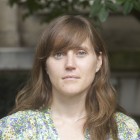


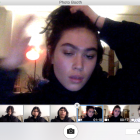
_Cropped.jpg)
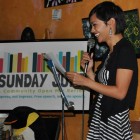
.jpg)
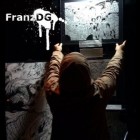


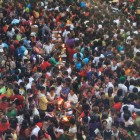



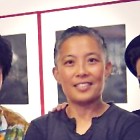
.jpg)
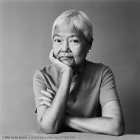
.jpg)


.jpg)
.jpg)
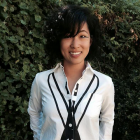


.jpg)


.jpg)




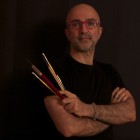

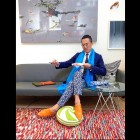
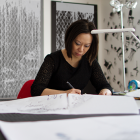
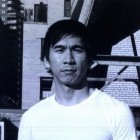

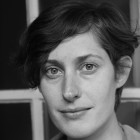
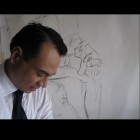

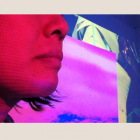



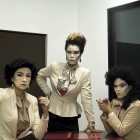
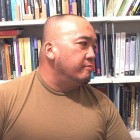
.jpg)






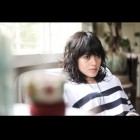

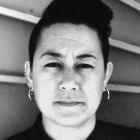



.png)
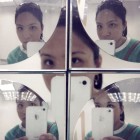




.jpg)

.jpg)
.jpg)




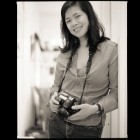
.jpg)
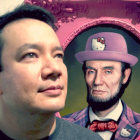
.jpg)
.jpg)
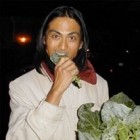

.jpg)
.jpg)
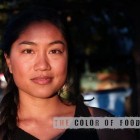

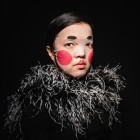
.jpg)
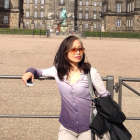

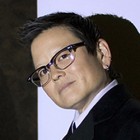
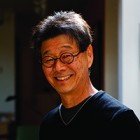


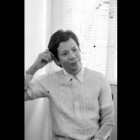
.jpg)


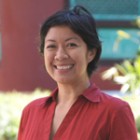


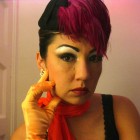

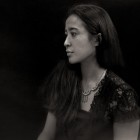



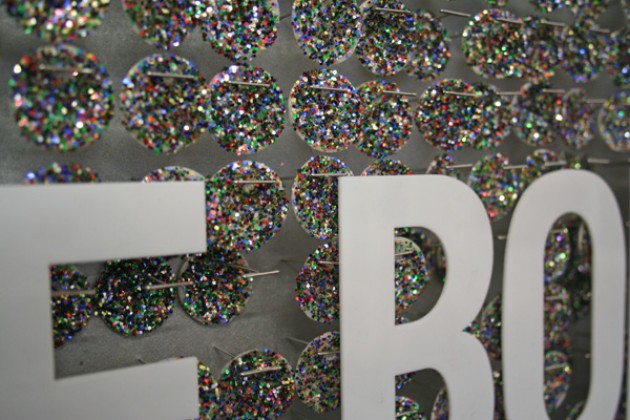

comments
X